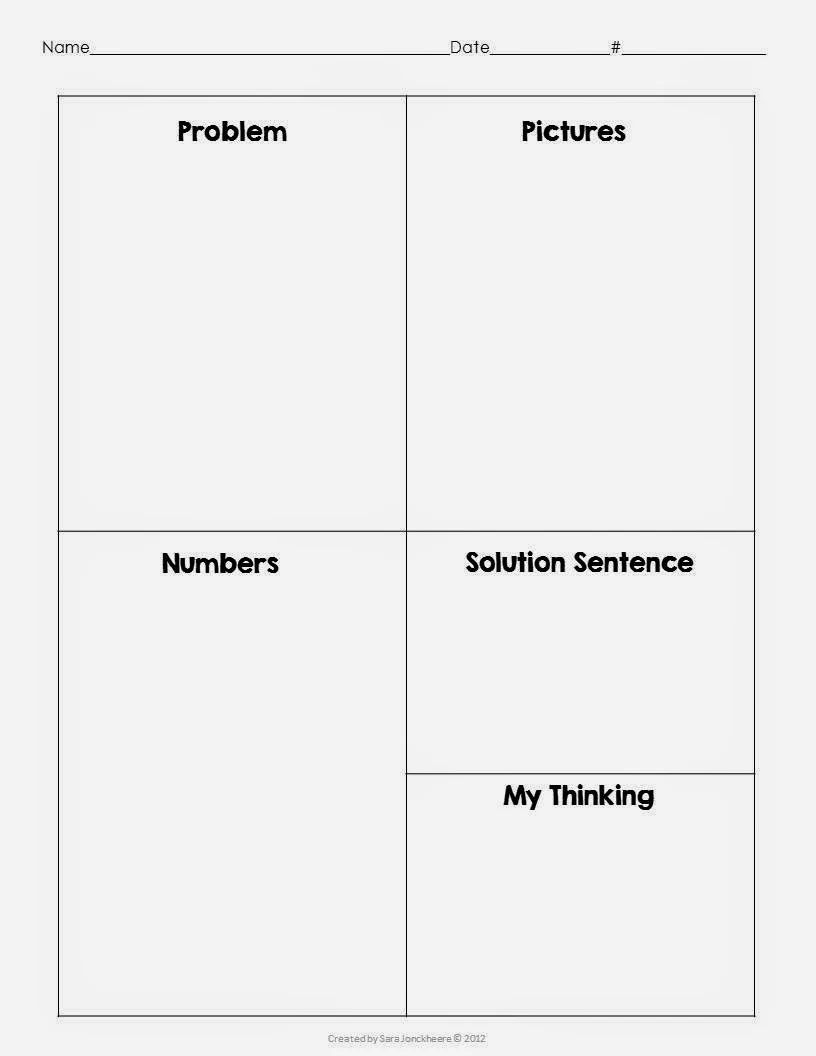This post may contain affiliate links for your shopping convenience. View our full disclosure policy HERE.
Thanks to Sarah at First Grader At Last for hosting today's book study chapter. Chapter 12 is about Project-Based and Problem-Based Instruction. When I first started reading it, I loved the story she told about the high school students who decided to start a Natural History Museum for their county. They researched it, built it, wrote letters, were tour guides and more. It was amazing and inspiring. And not so practical in a 2nd grade classroom like where I taught. So I was reading the chapter thinking, there are so many great ideas in here but they are designed for older students. And I am not one to every say kids can't do something because of their age. I am all about setting high expectations and the students will rise to the occasion. I just struggled to remember - Did I not do any project based instruction in my class???
My conclusion was that I probably didn't do enough projects in the classroom. Each subject was kind of its own thing...math workshop, writing workshop, reading workshop, etc. Because we were forced to get through our science and social curriculum so fast and get our kids to pass these intense district assessments (don't get me started on that) I feel like I stuck to the curriculum and we had very little time for extra exploration or projects. Now don't get me wrong, we would still do cross curricular activities when they were relevant. Once my students learned to write letters, we would incorporate letter writing in social studies, reading and science as often as possible. When we learned to write nonfiction text, we would research animals or concepts from science and write about them. We just didn't do any huge project like the ones described in the pages on Worksheets Don't Grow Dendrites. That is something I would definitely change if I was back in the classroom. I would work to find a way to create a relevant, meaningful project that got my students excited about learning.
The part of the chapter that I could really relate to was about teaching problem solving skills and using problem-based instruction. As I was reading this, two big areas of instructions came to mind - social skills and math. Those were two areas where we really focused on problem solving.
At the beginning of each school year, I would spend a LOT of time teaching my second graders how to solve problems. Problems in the hallway, problems in the classroom, problems on the bus, problems on the playground. You name it, we covered it. We practiced different scenarios. We acted out how to solve a problem and the ever popular how NOT to solve a problem. We wrote about how we would solve problems. We learned strategies for solving problems. We made anchor charts for solving problems.
I wanted to make sure my little ones were equipped to handle whatever second grade threw at them. Plus, then throughout the year, I could expect that they could solve a problem correctly because I knew they had been taught what to do. No excuses. We would review all of this, especially halfway through the year when they suddenly forget how we treat each other. I really think this helped set the tone of the class, a sense of community and the expectation and encouragement that each one of them could solve problems. I even created a freebie with some of the activities that we did at the beginning of the year. Click the picture below to download it from my TpT store.
Another area where we really worked on solving problems was in math. We worked on solving word problems daily. We created a little format to help them solve the problem and show their thinking in multiple ways.
 |
| Click to download a free copy |
1. Draw a picture
2. Use numbers to solve
3. Write a solution sentence (using words and a correct label)
4. Explain your thinking (metacognition)
This was hard for them at first. We really went step by step and modeled for weeks until they were clear what the expectations were. Our district was big on explaining your own thinking. Tricky for second graders but with some practice they got better at it. Because we did this daily, they had much better problem solving skills and during math workshop when I posed a problem to them, they were much better equipped to not only solve it but to discuss it and explain it to others. Then we learned how to properly agree/disagree with one another and add on to what someone else said. Definitely good life long skills.
*Affiliate links included for your shopping convenience.



